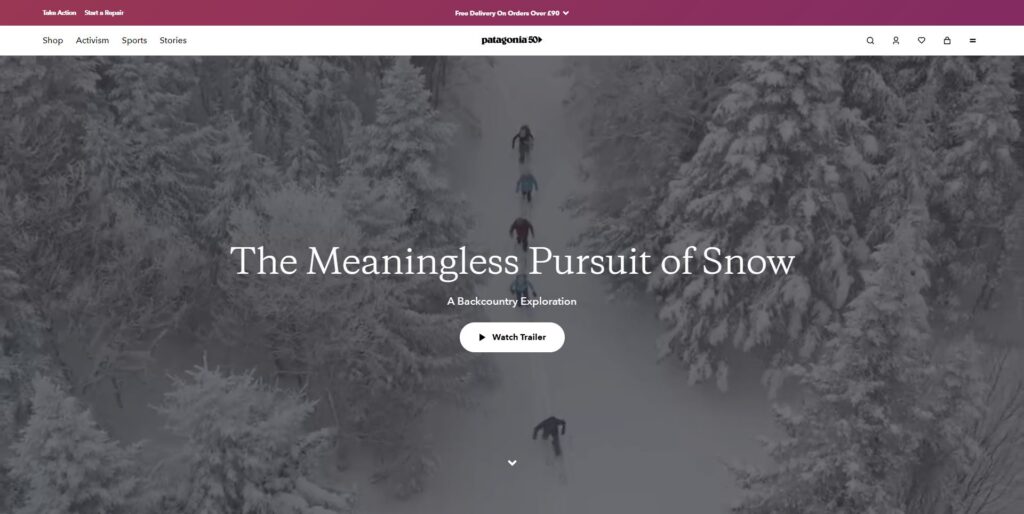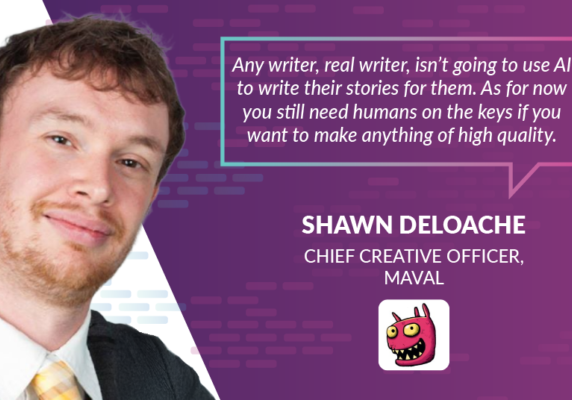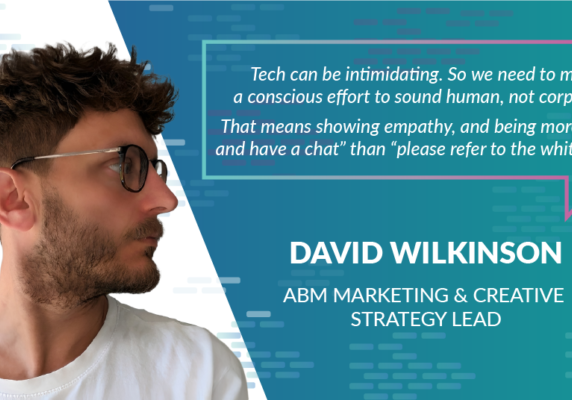The Art of Engagement: Harnessing the Power of Storytelling in Website Design
In the ever-evolving digital landscape, where attention spans are fleeting and competition for user engagement is fierce, successful website design transcends mere aesthetics and functionality. It’s about creating an immersive and memorable experience for visitors. One powerful tool that has emerged to captivate audiences and leave a lasting impression is storytelling. Incorporating storytelling into website design transforms static pages into dynamic, emotionally resonant journeys that connect with users on a deeper level.

The Evolution of Website Design:
Traditionally, websites were perceived as static digital brochures, presenting information straightforwardly. However, as technology advanced and user expectations evolved, designers recognised the need for more interactive and engaging experiences. Storytelling emerged as a powerful method to infuse websites with personality, creating a narrative that unfolds seamlessly as users navigate through the pages.
Why Storytelling Matters in Website Design:
- Emotional Connection:
Storytelling taps into the emotional core of human experience. By crafting narratives that resonate with users, websites can establish a profound sense of connection and empathy. Engaging visitors emotionally increases the likelihood of content retention and fosters a positive association with the brand. - Enhanced User Experience:
Storytelling provides a natural flow to the user journey, guiding visitors through a seamless and enjoyable experience. This strategic approach allows designers to structure information in an easily digestible manner, leading users from one section to another while maintaining their interest and curiosity. - Brand Identity and Authenticity:
Every brand possesses a unique story, and integrating that narrative into the website helps establish a distinctive identity. Authentic storytelling builds trust by showcasing the human side of the brand, its values, and its journey. Users appreciate transparency, making them more likely to connect with brands that openly share their stories. - Improved Retention and Understanding:
The brain is wired to remember stories better than isolated facts. When information is presented in a narrative format, users are more likely to retain it. This is particularly crucial for conveying complex ideas, services, or products in a way that is easy to understand and remember, enhancing overall user comprehension. - Differentiation in a Crowded Market:
With countless websites vying for attention, standing out is crucial. Storytelling offers a unique way to differentiate a website from competitors. A well-crafted story has the power to make a brand memorable, encouraging visitors to return and share their positive experiences with others.
How to Implement Storytelling in Website Design:
- Define Your Narrative:
Commence by identifying the core narrative of your brand. What values define your organisation? What challenges have you overcome? What is the mission and vision that drives your business? These elements form the basis of a compelling story that resonates with your target audience. - Create a Visual Storytelling Strategy:
Incorporate visual elements that complement your narrative, such as imagery, graphics, and video content. Visual storytelling enhances the emotional impact of your message, making it more engaging and memorable for users, thus improving the overall user experience. - User-Centric Design:
Understand your audience and tailor your story to meet their needs and expectations. User-centric design ensures that your narrative aligns with the interests and concerns of your target demographic, creating a more meaningful connection with your audience. - Consistency Across Platforms:
Your website is just one touchpoint in the user journey. Ensure consistency in storytelling across various platforms, from social media to email marketing. A cohesive narrative strengthens your brand identity and reinforces the message you want to convey, contributing to a unified brand experience. - Interactive Storytelling Elements:
Explore interactive elements that encourage user engagement. This could include quizzes, surveys, or interactive timelines that allow visitors to actively participate in your story. Integrating interactive storytelling transforms the user from a passive observer into an active participant, fostering a deeper connection with your brand. Here is more about interactive content that can be used in marketing.
An excelent example of storrytelling in website design provides Patagonia. Patagonia’s website narrates the adventure, but also its commitment to environmental activism and responsible consumerism.



In conclusion, the art of engagement through storytelling in website design is a powerful and transformative force. It transcends the boundaries of conventional design, forging connections, and creating memorable experiences. As the digital landscape continues to evolve, storytelling remains an indispensable tool for building meaningful connections and leaving an indelible mark in the hearts and minds of users.







